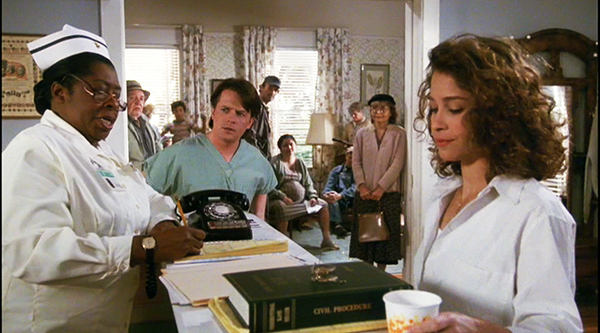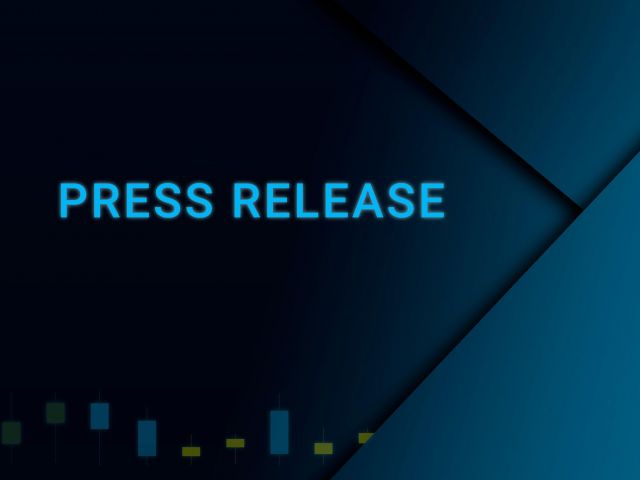
Insight by: Dave Whelan
“He was headed for Beverly Hills to be a plastic surgeon…. But he took an exit to a town that didn’t take plastic.”
Quick, name that movie! If you guessed Doc Hollywood, you get a star on my personal walk of fame. Or you just paid attention to the title of my post.
Doc Hollywood is a classic yet forgettable story of a young doctor (played by Michael J. Fox), heading to Los Angeles to start a cushy life. Frustrated by traffic, he detours through a small town, hits a fence, is sentenced to community service at the hospital, meets a girl, falls in love, and realizes that there is more to life than swimming pools and movie stars. Classic, right? I haven’t seen it in years, but I suppose it has stuck with me, mainly because it was somehow accidentally on purpose turned into a little animated film called Cars. Trust me on that resemblance. I have a 12-year-old son, which means I have seen Cars roughly 66 times.
These films are part of a longstanding tradition of pitting the small town against the city. Perhaps Aesop kicked this off with “The Town Mouse and the Country Mouse.” We’ve seen it on TV with “Green Acres” and “The Beverly Hillbillies.” We’ve seen it with virtually every movie ever on the Hallmark Channel.
So what does this have to do with healthcare, besides the fact that Doc Hollywood is about a doctor, and I seem to be in a classic 90s movie mood these days?
Well, I was thinking about Doc Hollywood last week as I spent a few days in Birmingham, Alabama, where I was invited to speak at a conference. It was my first time ever in Alabama, and if you must know, yes, I did eat and drink very well.
The conference theme was “The Evolution of Digital Health in Rural America,”* which we addressed from multiple perspectives, from innovation to equity, from investment to recruiting. Through some engaging conversations, I started to build a mental model of rural healthcare.
While telehealth is on the rise everywhere, it can be a challenge in rural America, where in 2018 one-quarter of rural Americans (and one-third of those on tribal lands) did not have access to broadband, compared to less than 2% in urban areas. And the need for telehealth is growing there, with 47% of rural hospitals losing money, 25% at high risk of closing, and many already closed. (“Too Many Rural Americans Are Living In the Digital Dark. The Problem Demands A New Deal Solution,” HealthAffairs, 28 October 2020)
Bed availability and staffing availability are challenges, which further exacerbates the sustainability issue. These rural hospitals “serve a decreasing population that still desires to have an acute inpatient facility.” (“The state of rural healthcare today, and what technology can do to help,” HealthcareITNews, 6 May 2022)
While we are talking about “the country,” this is not a small population. According to the National Rural Health Association, rural hospitals serve 25% of the US population. “Compared with urban populations, rural residents generally have higher poverty rates, a larger elderly population, tend to be in poorer health, and have higher uninsured rates than urban areas. At the same time, rural areas often have fewer physician practices, hospitals, and other health delivery resources. These socioeconomic and healthcare challenges place rural populations at a disadvantage for receiving safe, timely, effective, equitable, and patient-centered care.” As the author of this essay concludes, “Effective population health is not possible without addressing 25% of the population.” (“Digital Health for Rural Healthcare,” Wharton Health Care Management Alumni Association)
In my conversations before, during, and after the conference, similar themes repeated themselves: healthcare access, healthcare affordability, literacy, language and culture, social determinants of health, technology gaps.
While the issues in rural healthcare are very real, each of these conversations reminded me of similar conversations in Los Angeles, New York, Chicago, and beyond. The more different we think country folk and city slickers** are, the more we start to realize how similar we are. We have diverse populations that are paying too much for healthcare (if they can afford it at all), that don’t always have access to the tools and information they need, that just want someone to guide them through their healthcare journeys. We have people who are in need of help from other people. They are not city people or suburban people or rural people. They are just people.
More of my audience is in Los Angeles than Birmingham, but I challenge each of you to start to consider other perspectives as you innovate to develop new products and services. Spend some time in rural hospitals. Spend some time in suburban concierge clinics and retail urgent care centers. Visit the inner city.
Get a sense of what is working and not working with telehealth, with internet access, with technology availability. Realize that communications issues exist everywhere. Understand how a one-hour drive over bumpy dirt roads is different from a one-hour bus ride – and how it may be similar. Think about how remote patient monitoring, at-home testing, preventive care, and other tools can apply in the city, the country, and everywhere in between.
Like Dr. Ben Stone (Michael J. Fox) did in Doc Hollywood, slow down, immerse yourself, and figure out just what is really important. Sometimes it is right in front of you.
*This conference in Birmingham was the second of three in a new event series organized by Unlocking Potential. I spoke a few months ago at the first event in Pittsburgh, as I shared earlier in “LA is Big. And Connected. And Could Be the Future of RPM.” The year will conclude at BioscienceLA in Los Angeles in November. If you are interested in speaking, attending, or sponsoring, please let me know.
**Before I settled on Doc Hollywood as the thematic driver for this article, I considered working City Slickers into the mix, until I remembered that I have never seen the film….




